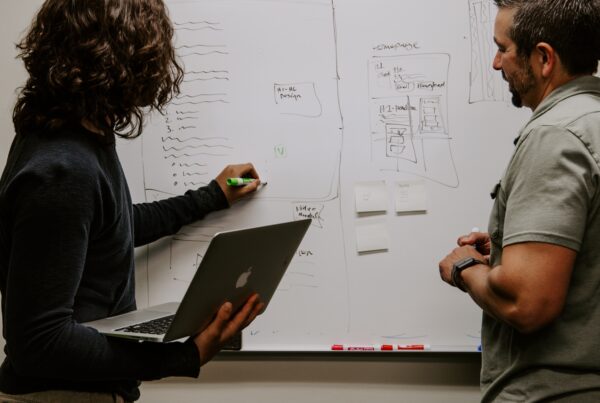By Jane Gottlieb
Joe Nedeau had not been on a bicycle for months, but on a warm Saturday afternoon a few weeks ago he sped through downtown Albany on a sturdy bicycle the color of an ice cream truck. Mr. Nedeau, 35, a part-time college student, greeted friends on a sidewalk and mapped out his day: head to a shopping center and maybe catch a movie at a $5 theater.
“I plan to keep it till two minutes to eight!” he said of the bike, which was available during a free, weeklong bike-sharing trial that ended at 8 p.m.
Every day there were sightings of the white bikes whisking through the city: a family of five struggling to negotiate steep sidewalks outside the State Capitol, a young woman speeding through traffic on busy Lark Street, and a lone man pedaling in a quiet wooded stretch.
People in Saratoga Springs, Schenectady and Troy were also able to sign out a free bike, ride where they liked and lock it at any public bike rack. Each excursion was recorded on a solar-powered GPS unit so that a regional planning group, the Capital District Transportation Committee, could learn who rode where and when, and perhaps whether low-cost bike-sharing would work in this part of the state.
Bike sharing, an established transportation option from Paris to Shanghai, is catching on in the United States as cities take on carbon emissions and obesity. The 38 public programs in the United States tend to be in large cities, including New York, where the popular Citi Bike program benefits from corporate sponsorship, a dense street grid and a base of affluent users. Even in smaller communities with bike sharing, such as Sun Valley, Idaho, or Boulder, Colo., programs are usually built on upscale cycling cultures that are not common in many cities in upstate New York.
Still, planners and cycling advocates upstate want to see people in their smaller, more economically stressed cities borrow bikes for a few dollars, pedal to work or run their errands, and then drop off the bike near their home or at a bus stop.


